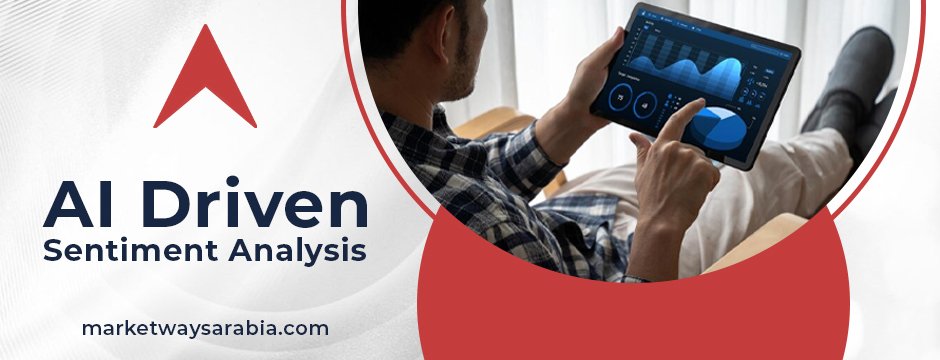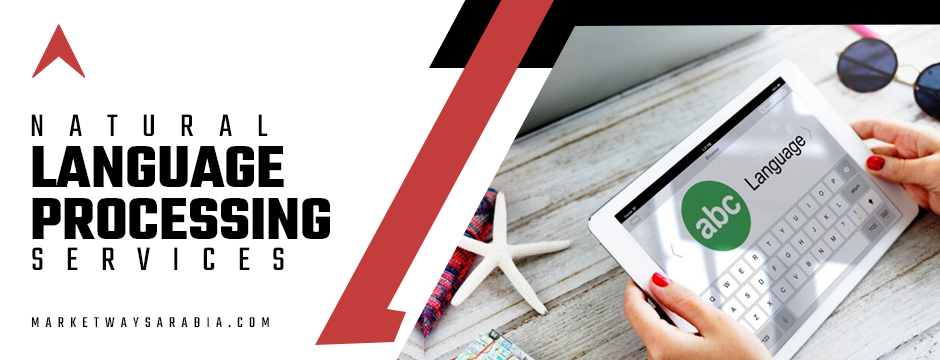Often unbeknownst to data science practitioners, the Objectivist Deductive approach and the Subjectivist Inductive approach are contrasting underlying methodologies that underpin many data science projects. I have found that awareness of these data science project methodologies brings a sense of clarity that ensures the success of data science projects.
Objectivist Deductive Approach:
Theory-Driven: In the objectivist deductive approach, research begins with a well-defined theory or set of hypotheses.
Top-Down Process: Researchers start with a general theory and then deduce specific hypotheses that can be tested through empirical observation and data collection.
Verification-Oriented: The aim is to verify or falsify existing theories by collecting empirical data that either supports or refutes the hypotheses derived from the theory. Hence, the approach requires rigorous validation to ensure robust results.
Example: In marketing, the deductive approach begins with a theory like the principle of reciprocity, indicating that offering free samples enhances customer satisfaction and loyalty. Based on this, a marketer might theorize that providing free samples of a new product boosts purchase intent and repeat purchases. Testing this hypothesis aims to gather data that not only confirm the theory’s impact but also identify the optimal level of free sample offerings.
Subjectivist Inductive Approach:
Data-Driven: The subjectivist inductive approach starts with observations or empirical data.
Bottom-Up Process: Researchers gather data first and then, based on exploratory data analysis and pattern recognition, develop theories or generalizations that direct business decisions.
Theory Generation: This approach is more exploratory and aims to generate new theories or insights based on the observed data, thus enabling a agility in dynamic market landscapes.
Example: In e-commerce, analyzing customer feedback can reveal common themes, such as dissatisfaction with the checkout process on an e-commerce website. Based on these insights, a hypothesis may emerge that improving the checkout experience could boost customer satisfaction and conversion rates. Further analysis and testing would validate this hypothesis, guiding strategic decisions for website optimization.
Why Awareness of Both Paths Matters
While the Objectivist Deductive Approach and the Subjectivist Inductive Approach may seem divergent, they are complementary methodologies that serve different purposes.
While the objective deductive approach requires rigorous validation, it benefits from well-established theories. This way, the data scientist can allocate resources more efficiently to achieve business objectives and focus on collecting relevant data to test specific hypotheses, thus streamlining the research process and decision-making.
On the other hand, the Subjectivist Inductive Approach is useful for uncovering new patterns. By “letting the data speak for itself”, data scientists can discover novel insights and generate hypotheses that challenge existing paradigms and gain the competitive advantage. This allows for a flexible and agile approach that typically drives innovation in business.
Overall, by being aware of and mastering the subtleties of both research approaches, data scientists can navigate the complexities of research with agility and precision.




